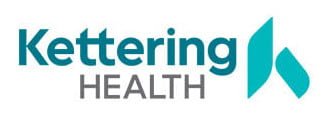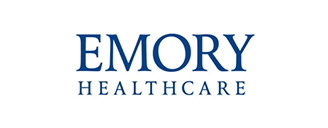How to Self-Service Freight Management in Healthcare
We talk to supply chain leaders every day who are considering bringing their hospital freight management program in-house. They believe there are benefits to doing so, like gaining greater control and reducing costs. And although this is true in specific situations, there are many things they need to know before making the decision.
After spending decades in this business, we can say with certainty that what seems like a simple process can actually be extremely complicated. Although a health system or hospital can definitely bring their freight management program in-house, they shouldn’t try to go in on their own.
If you are considering self-servicing your own hospital freight management program, you should ask yourself these questions:
- Where should I begin to set up a program?
- Have I gathered all my customer locations, account numbers, shipping locations, addresses, and suppliers in one place?
- How will I monitor vendor performance?
- How do I integrate my ERP system to collect data and sync purchase orders and invoices with shipments?
- Can I use data and analytics to help inform future shipments?
Technology and People are the Answer
It’s a given to think that technology is the answer to the questions posed above. After all, with the right technology in place, you won’t have to design, build and test your own system; you can simply get the tech up and running and be on your way to saving money, reducing risk, and optimizing efficiency.
But technology alone can’t handle the immense needs of an inbound hospital freight management program. For that, you need the right people with the right combination of experience and expertise.
Here are some of the things you should be looking for from any self-management partners:
PROGRAM SET-UP
Look for someone who has the ability to help you set up your customer locations, account numbers, shipping locations, and addresses, as well as pricing agreements, rates, and fees from carriers.
And avoid selecting any hospital freight management program that limits you to only one carrier. You should have the freedom to choose whichever carrier ensures you receive the best price, whether it is UPS, FedEx, or DHL.
SUPPLIER SET UP
Is the service provider capable of identifying ALL potential suppliers, initiating instructions, coordinating LTL shipments, and loading all the information into your system?
SUPPLIER COMPLIANCE
Monitoring the performance of vendors requires a full-time commitment. It’s crucial to ensure their compliance with the agreed-upon shipping guidelines.
Seek a hospital freight management program with a guided process that assists you in investigating any compliance issues and gaining visibility into undisclosed supplier fees. This will enable you to assert control during negotiations.
INVOICE LOADING
Does the program have the capability to grab invoice detail directly from your carriers and convert it to a format easily identified by your AP system?
AUDITING/PRICING/ORGANIZING
Can you actively audit every shipment against a carrier’s reduced rates to ensure agreement of every detail in your contract—from basic rates, accessorial charges, and fuel to dimensional charges and earned discounts?
Are you capable of ensuring that audit service levels such as guaranteed overnight, two-day, and three-day delivery are being achieved? If not, can you seek assistance in claiming any credits that are due?
MATCHING & COST ALLOCATION
Can the hospital freight management program customize its allocation approach to align with your accounting practices, ERP systems, and requirements? Can you allocate freight charges back to your POs, lines, sub-lines, and unique charts of accounts?
Having the ability to do so ensures accuracy, reduces time, and minimizes headaches for your accounting personnel.
ADVANCED DATA ANALYTICS & DASHBOARDS
Can the program actively analyze shipping patterns and carrier data to identify opportunities for cost savings? This analysis encompasses various areas, including mode optimization, supplier fee reductions, dimensional weight changes, and carrier accessorial fees.
CONTINUOUS CONSULTATION
Once you’re up and running, will there be an available team to answer questions and provide assistance through rough spots as needed?
Get started by talking to an industry expert about self-servicing freight management in healthcare
For supply chain leaders interested in bringing their hospital freight management systems in-house, VPL has the ideal solution.
Our advanced, customized system allows health systems to control both inbound and outbound shipping and better manage costs while helping them navigate what can be an extremely complicated process.
We’ll manage program setup including set-up of customer locations, account numbers, shipping locations, addresses, and suppliers; will monitor vendor performance; integrate with your ERP system to collect data; sync purchase orders and invoices with shipments; and deliver advanced data and analytics to help inform future shipments.
If you’re ready to start self-servicing your hospital freight management program, we are ready to help. Or, if you just want someone to do a better job running it for you, we can do that, too.
Book a demo at www.getvpl.com to meet with us today.
































